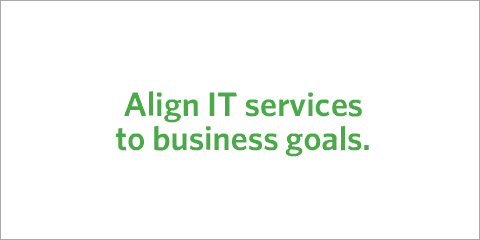|
|

article
page | 1 | 2 | 3 | 4 |
approach transitioned into a more efficient mechanism for performance management where the CSP was actively monitoring the network for key performance indicators; however, as noted previously, this approach did not accurately reflect the subscriber’s quality of the service experience. Today, many CSP’s are in the process of migrating from the efficient stage of the maturity model to a more responsive stage where they’re beginning to be more proactive in their performance management – for example, many CSP’s have made investments in probe architectures to simulate end subscriber usage and they’ve begun to correlate across these quantitative measurements. The end state of SQM offers a more holistic business driven approach that incorporates the quantitative and qualitative measures of all services in the context of the end subscriber. The holistic approach to service quality from the end customer perspective means that the CSP must gain a complete understanding of what the customer wants and what the customer ultimately gets in an environment of highly customized requests for services. The
|
|

determine the end to end quality of a service(s) from the end subscriber’s perspective. To achieve this, the SQM solution needs to be able to construct KQI’s (Key Quality Indicators) from a collection of KPI’s (Key Performance Indicators) - providing an end to end view of the service and its underlying resource components. An important aspect when considering KPI’s is the inclusion of network and non – network resources in the make up of the service. As a service is decomposed into its components - activation, configuration, assurance, billing and termination - the need for a comprehensive service management and mapping capability becomes apparent. Mapping the relationships and dependencies between resources, components, and services provides the intelligence for the eventual correlation of end to end quality indicators. Instrumentation needs to be incorporated into the resources, components and services to gather KPI’s, both quantitative and qualitative measures.
Quantitative measurements typically include the KPI’s from the underlying network resources, such as network latency or delay across the network, CPU / Memory / Disk
|
|
|
|

customer is always watching service quality no-matter how sophisticated the technology and services a CSP offers to its customers - if subscribers experience difficulties in service ordering and/or delays in fulfillment, customers will ultimately leave for another provider. Even after the service is activated, the CSP needs to be vigilant with all customer touch points, from the service itself to customer care, billing and even termination, to provide a holistic and positive customer experience as it is possible the subscriber may chose to return in the future. Ultimately, the goal with an SQM implementation is having incidents resolved before the first customer complains, no matter which organization holds the responsibility for the incident. This is not a trivial task in an environment supporting composed services and complex service delivery processes.
Realities of implementing SQM
One of the core aspects of SQM is the ability to correlate key quality indicators to
|
|

Utilization of key systems or network elements, bandwidth utilization of key network links. As CSP’s begin to implement SQM, quantitative measurement points need to expand to include all aspect of the customer experience from activation, fulfillment, billing, etc. Components of the service activation / service delivery platform needs to be instrumented in real-time to gather performance indicators on actual user transactions to identify performance issues that only occur under actual subscriber load. Qualitative measurements are more difficult to gather; however, they can prove extremely helpful in identifying potential reasons for customer churn. An example would be to audit the average number of clicks associated with a provisioning action on a customer self-service portal. If this is an action that customers are repeatedly asked to execute in order to subscribe to a new service, then the subscribers experience will be diminished increasing the likelihood of churn.
article
page | 1 | 2 | 3 | 4 |
|
|
|




